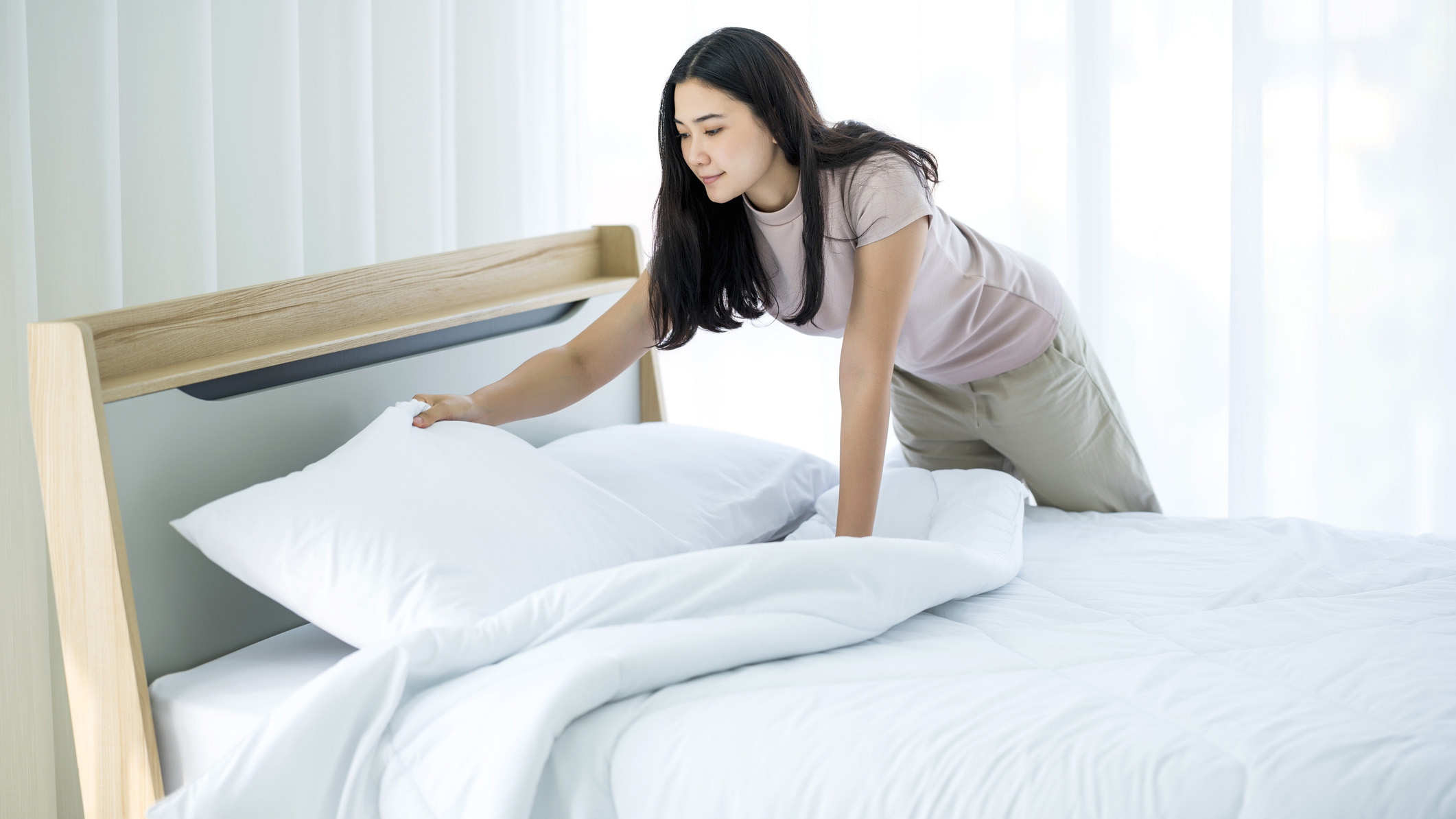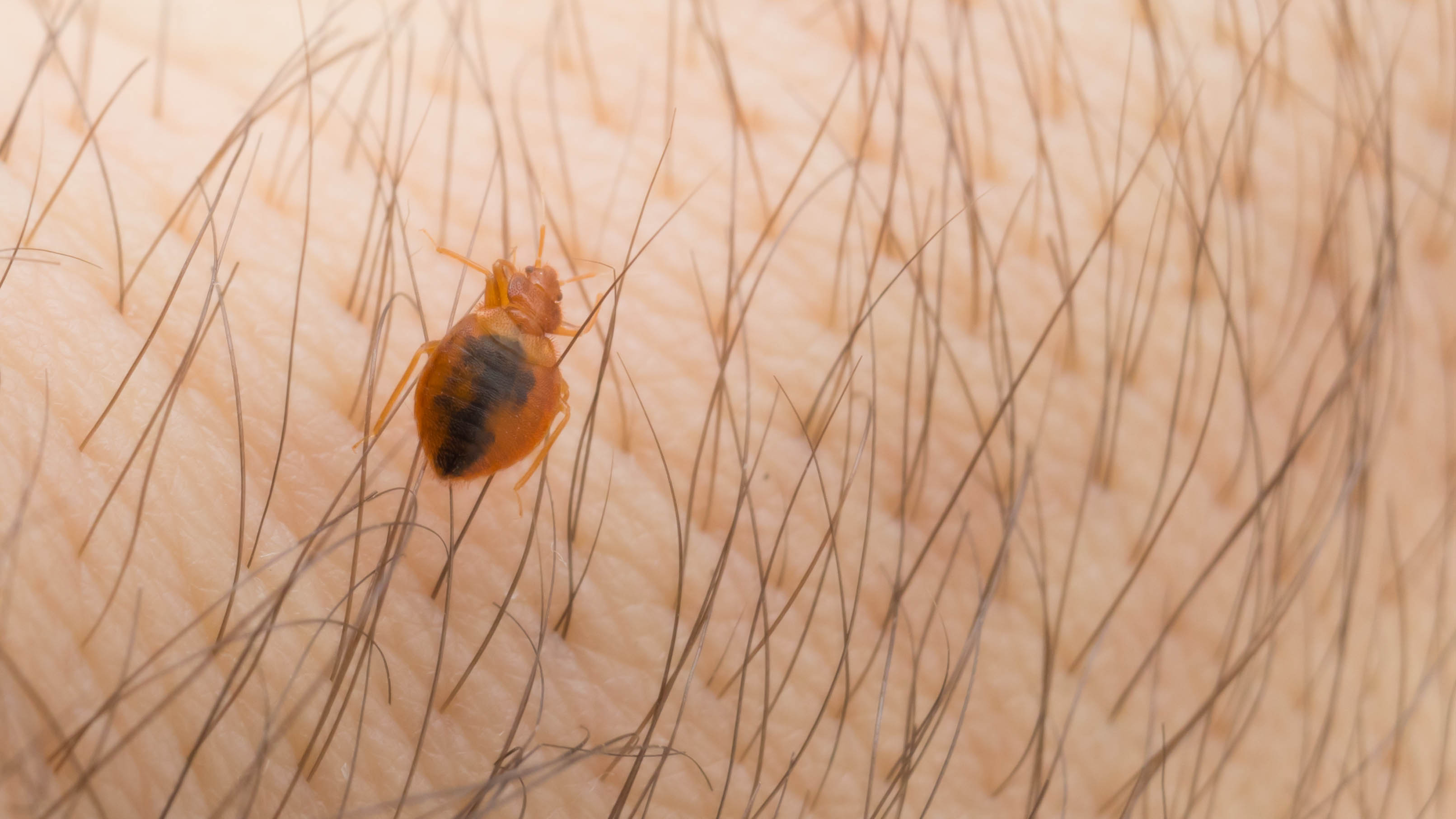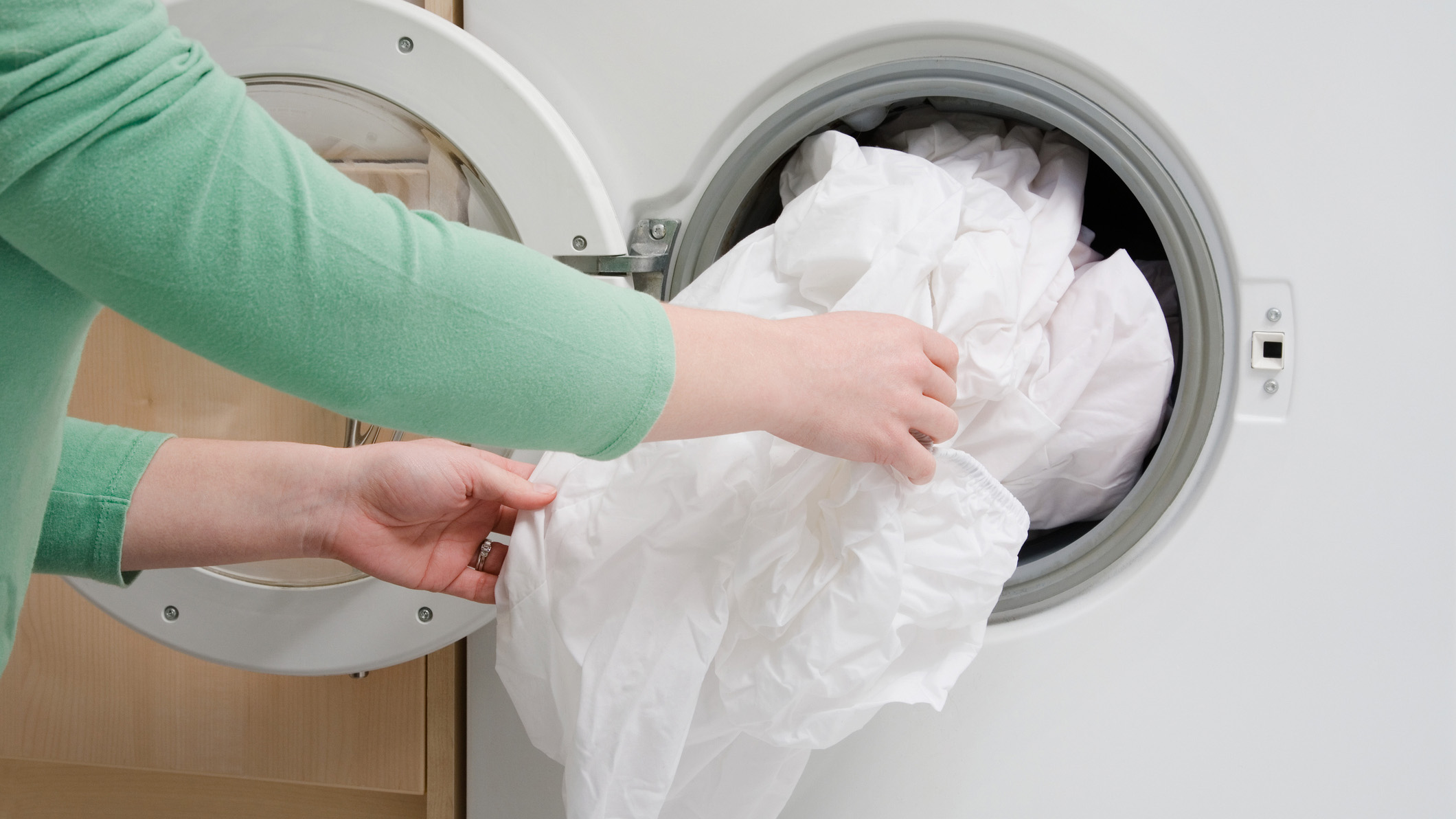7 signs of bed bugs in your pillow — and how to get rid of them

The thought of bed bugs lurking in your pillows is enough to give anyone nightmares. Bed bugs survive on human blood and like to linger close enough to us that they can feed easily without detection - making our mattresses and pillows an excellent hiding spot.
Whilst some of the best mattresses and pillows have hypoallergenic properties, this isn’t enough to deter bed bugs or prevent an infestation. That's why it’s important to stay attuned to the signs that there are bed bugs present in your sleep space, especially your pillows.
From waking up with bug bites to noticing small dark brown or black spots on your pillows, we'll explore the seven signs that bed bugs could be present in your pillows. Plus, should you find any, we'll outline exactly what to do next. Ready? Let's get started.
7 signs of bed bugs in your pillow
1. You have bites
Bed bugs survive on a diet of our blood, which means every time they feed, they bite and penetrate your skin. This means they leave behind small, itchy bumps that can appear in a cluster. Bed bug bites can vary in appearance depending on the person’s skin color and reaction to the bites. Regardless of whether you can see them, bed bug bites will always be itchy. Thankfully, bed bug bites don’t cause any other health issues but just be wary of any infection that can come if you scratch the bites and break the skin.
2. You see a bed bug

If you spot one bed bug, there is likely many more where that came from. Bed bugs are around 5-7mm so while they're small they aren't invisible to the naked eye. They’re reddish-brown in color with flat, oval-shaped bodies. Bed bugs don’t fly or jump but because of their minute size and shape, they can squeeze into tiny spots like the seams of your mattress and folds of your pillows, helping them hide in plane sight. If you're traveling, keep an eye out for bed bugs in hotel mattresses, as they can otherwise be transported home in your suitcase.
3. Red and brown spots on your bedding
If you see any red or brown spots on your bedding, pillows or mattress then it’s likely that these are bed bugs. Or should we say, the remains of bed bugs. Bed bugs like to hide in close proximity to their food source (you) and whilst you’re moving around at night then it’s common to crush a couple. As gross as this is, the red and brown spots that are left behind come from the blood that they have just consumed leaking out of their bodies and staining your bedding. These dots can be small and dot shaped or appear smeared if the bed bugs have been crushed.
4. A cluster of dark spots

Bed bug fecal matter (poop) are roughly the size of a full stop. As bed bugs like to live in tight cluster, their waste will looks like a smattering of dark spots. Don’t worry, this won’t cause you any serious health issues but it’s still not what you want on your mattress or pillows. Bed bug waste will show up as a cluster of small dark specs, and is usually one of the first signs of a bed bug infestation that you'll notice.
Get instant access to breaking news, the hottest reviews, great deals and helpful tips.
5. There's a bad odor
If you notice a new odor coming from your bed then this could be a sign of bed bugs. Bed bugs on your pillows or mattress will give off a distinct musty smell. This odor is caused by the bug's scent glands, which release various pheromones that can help attract other bed bugs and locate new feeding areas. If you are noticing an odor on your pillow, it’s also worth checking that you that it isn't mold. If it is, you may also notice that your mattress and pillows turn yellow. Mold can be harmful to your health so it should be monitored closely.
6. You find their shed skin
As bed bugs grow, they shed their skin. This is known as molting. This is a huge part of the bed bug growth process but they can also do it after they’ve had a good feast on blood, as they tend to swell in size. Bed bugs molt around five times during their life cycle. You’ll notice their skin as it will look like a transparent bed bug. Shed skin tends to be found near their hiding place so look for tiny, yellow-brown exoskeletons hidden in the seams or folds of your pillow as well as any fold or buttoned area in your mattress where they may be hiding to avoid detection.
7. You find their eggs
Bed bug eggs measure around 1mm long, which is smaller than a single grain of rice. They are typically pearly white or translucent in colour. Female bed bugs lay around 250 eggs during their lifetime and usually lay eggs after they’ve feasted. They strategically lay their eggs in hidden areas like pillow seams. A magnifying glass might be helpful to spot them. They can also lay their eggs in other areas such as your mattress, bed frame joints, behind baseboards and in box spring seams. If you find hatched egg shells, these are a strong sign of a current infestation.
How to get rid of bed bugs from your pillows
Once you’ve spotted a bed bug infestation in your pillows it’s important to act fast to tackle the issue. Unlike when you have bed bugs in your mattress, a pillow can be dealt with quickly and easily. However, if you have bed bugs on your pillows then it’s almost certain that these critters would’ve made their way in to your mattress so it’s important that you give your bed a deep clean too.
Step 1. Tumble dry first
If you have a tumble drier then good news is that bed bugs have a very low tolerance to heat. Check the care instructions before doing this but if you can tumble dry your pillows then put them in the drier on a medium to high heat for around 20 minutes. This will help to kill bed bugs in all stages of their life. You can also do the same for your bed sheets. You don’t have to wash them first, this is just stage one to killing the current bed bugs in the pillows.
Step 2. Place bedding on a hot wash

Remove all bedding from your bed, including your pillow cases and pillow protectors and place them in the washing machine. You’ll need to wash these in hot water of at least 86° F (30° C) as this will kill any live bed bugs and their eggs. It’s best to also dry your bedding on a high heat, so either line dry in the sun or place in the tumble drier. This will make sure any bed bugs that may still be lurking are removed.
Step 3. Wash your pillows
It can be scary to wash your pillows but the good news is that most pillows can be washed. First check the care instructions that you can wash your pillows. Down and microfibre pillows can be placed in the washing machine, you don’t want the water to get too hot so try to keep this at around 30 degrees. If you’ve already blasted your pillows in the tumble drier then this will just be removing any bed bugs that are hanging on inside your pillow. Only load two pillows at a time, so not to overload your machine.
It can be tempting to put a load of soap in the washing machine to get rid of the beds but you need to only use around a third of what you’d use for a full load of washing. This will stop a detergent buildup which can cause the filling to clump together.
Step 4. Dry your pillow thoroughly
Most pillows can be tumble-dried. Dry on a low heat setting and if you have one, pop a drying ball or even a tennis ball in with them to keep the filling plumped up. If you don’t have a drier then you can air dry them but it’s bed to make sure you have a warm space to do it otherwise it’ll take a long time. If you are air drying your pillows then rotate them often to dry all parts.
Step 5. Buy a pillow encasement
Just like mattress encasements, a pillow encasement will totally surround your pillow making sure that no bed bug can get in your pillow again. Encasements are also good for keeping dust mites away and reduces allergies so you should sleep better.
When to replace your pillows
There are certain pillows that just cannot be washed, like memory foam which shouldn't get wet or have any heat applied. In that case, it's best to just throw your pillow away and treat yourself to a new one.
Getting new pillows won't address any infestation that is anywhere else on your bed (you'll still need to treat your mattress and surrounding area), but it will help. When it comes to buying a new pillow then check out the material that some of the best pillows are made from. While not a guaranteed deterrent, pillows with tightly woven synthetic covers mean bed bugs are less likely to gain access and make it their home. Also, look for pillow encasements that will keep the bed bugs completely out of your pillows and they're easy to clean and wash when needed too.

Rachael has a keen interest in all things sleep, including her expert knowledge on mattress cleaning, providing readers with the best hacks and tips to keep their beds clean, as well as trying out the latest viral cleaning products. Rachael also reports on leading mattress brands such as Helix, Saatva and Nectar, writing articles designed to help readers understand what they need from a new bed. She also enjoys reviewing home, travel and tech gadgets, especially anything that has been designed to make life easier like smart home gadgets. During the last 15 years, Rachael has contributed to various publications including Tom’s Guide, Creative Bloq, The Independent, The Spectator, Daily Express and more.
